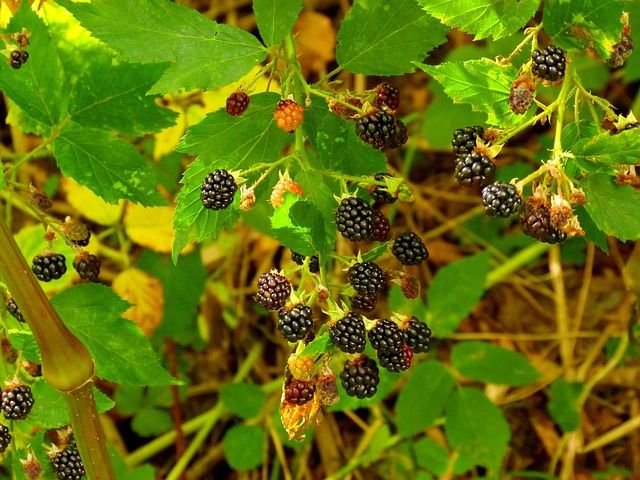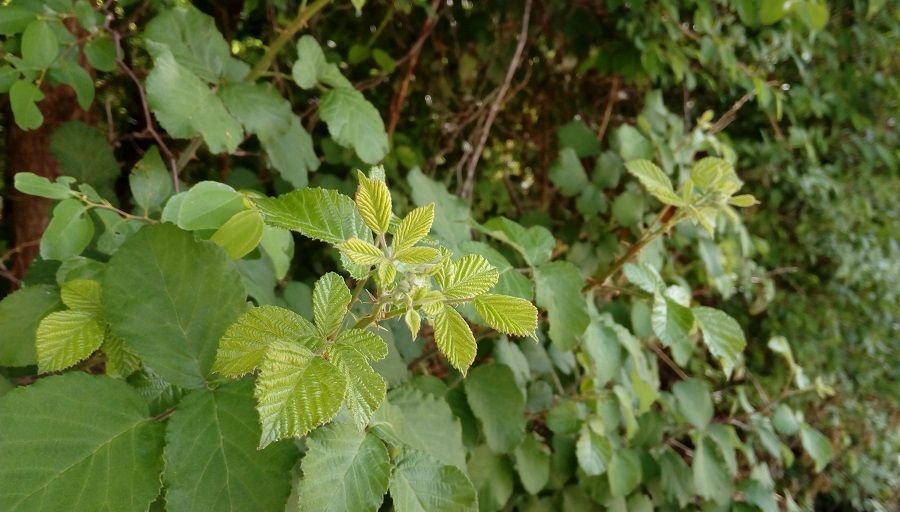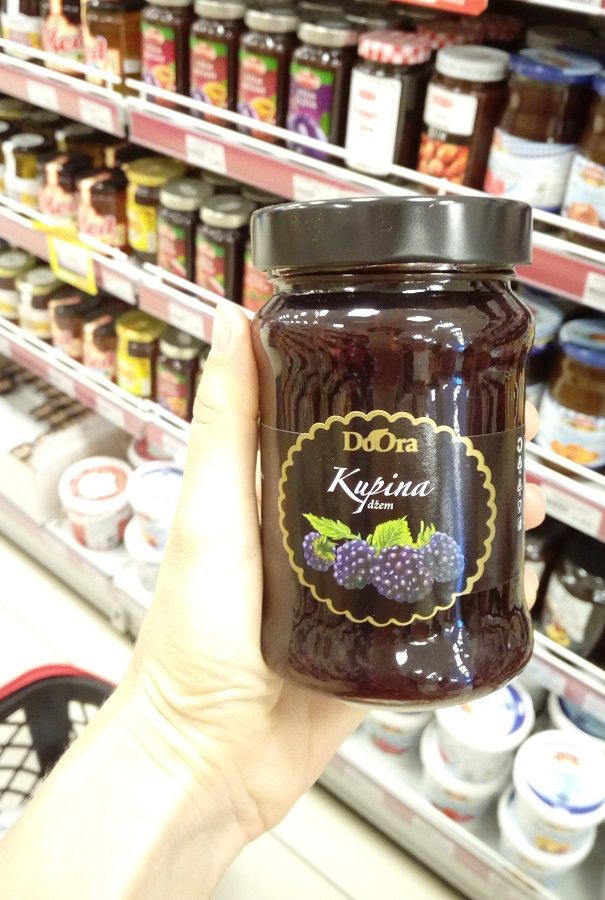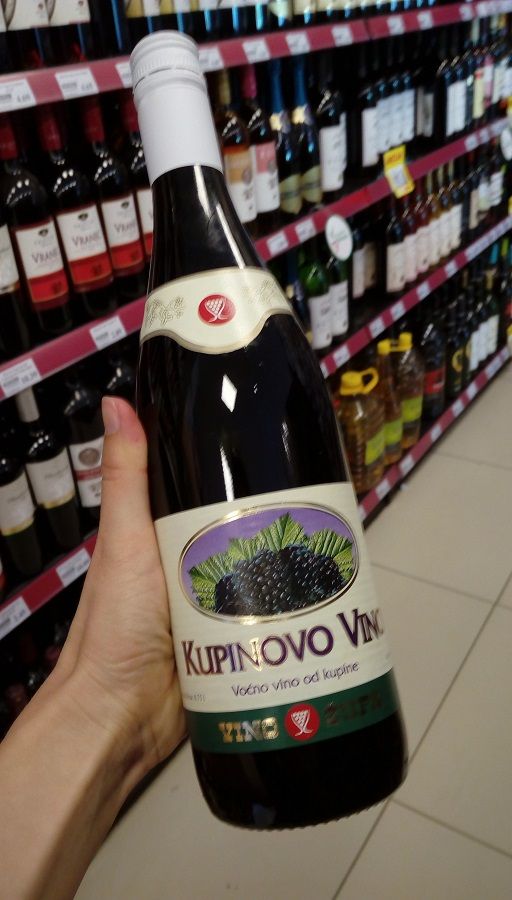In mid-Mediterranean literature, writers insisted Christ’s crown of thorns was made of these everyday nondescript runners, and the deep color its fruits represented the blood of the Savior. Blackberry bushes have been used in many ways by humans all around the world for more than 2500 years and grow wild in mild and sunny subtropical climates. But instead of struggling with this very adaptive and robust plant, smart local people prefer to coexist as ancient Greeks and Romans once did.

Blackberries (“kupina” in the local dialect) were used as a remedy for gout, and a tea from the leaves of the blackberry plant was supposed to treat various illnesses including eczema, hemorrhoids and fungal infections. Today, scientific studies proved that this fruit containing a long list of nutrients is one of the most antioxidant-rich foods and has been found to fight everything from premature skin aging to aggressive cancers. Furthermore, both the leaves and roots of this wild plant are used curatively nowadays as they were before. So, when you find a curved blackberry branch next to your Adriatic home, instead of cutting and digging it out, think of its traditional uses.
Leaves
Spring is the right time to pick the light-green tops of the fresh sprouts before they blossom to make a tea which helps in relieving diarrhoea, sore throat, cough, mouth sores and gum inflammation.

Traditionally, blackberry leaves containing astringent tannins were used to treat various skin diseases, bloody wounds, open sores and scratches. The brew made from blackberry leaves is applied topically to cure eczema. Mixed with nettle leaves in tea is used to boost children’s immunity after a hard and long illness.

Fruits
Flavorful, dark-colored wild berries picked in the autumn are much sweeter and juicier than those you may find in the stores. Blackberries fresh from the branches can be a delicious aid in maintaining beautiful skin. It is packed with multiple skin-friendly nutrients like vitamin C, vitamin E and other potent antioxidants. They are delicious in fruit salads and as a dessert topping, in frozen packs, canned, ice cream, fresh blackberry juice, blackberry pies and blackberry jelly. The most popular blackberry foods here in Montenegro are blackberry jam and blackberry wine which is recognized as a great anemia treatment and recommended in small amounts even for pregnant women. The wine is prepared from fresh berries, smashed and layered with sugar in bottles, and are left open in the sun for two months.


Roots
While blackberries are known to help prevent some of the cell mutations that lead to cancer, the healing substance that actually may prevent and slow the growth of cancer is concentrated in its roots.
Consuming tips
Blackberries perish quite fast. They can turn soft, mushy and moldy within a 24 hours. That's why handling blackberries carefully and consuming them as soon as possible is important. Never wash or hull blackberries until you want to have them. Fresh blackberries generally last for two days, but they can be frozen and enjoyed year round.
Picked in the spring, blackberry leaves can be dried and stored in glass jars or metal cans for later use. To make blackberry tea, take 1-2 spoons of leaves, pour in boiling water and steep for 15 minutes.








